From heat domes to hurricanes, volatile weather is here to stay. Here’s how to make your home more resilient to nature’s extremes.
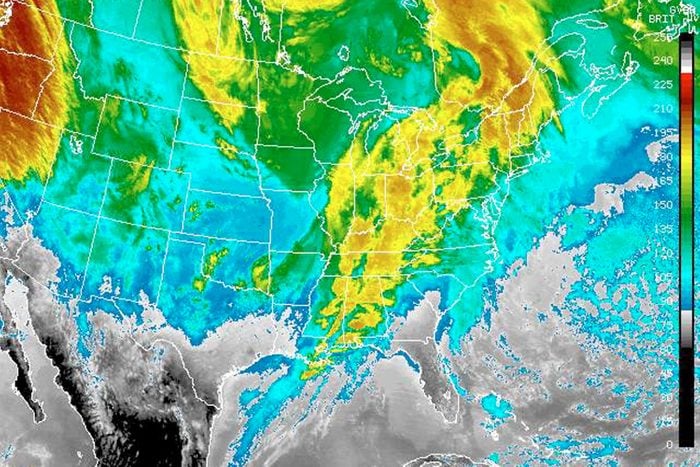
HANDOUT/GETTY IMAGES
Preparing for Extreme Weather
Between January and August 2023, the U.S. experienced a record 23 billion- dollar disasters, from flooding and hail to firestorms and extreme temperatures. Because our weather is predicted to be even more erratic in the coming years, it’s time to think about protecting our homes in new ways.
“Most homes are built to withstand a few days of extremes, but now we’re seeing those for weeks and months on end,” says Angie Hicks, co-founder and chief customer officer of Angi. “That demands a new level of weatherization.”
Here are a few measures to consider in preparation for severe weather.
1 / 8
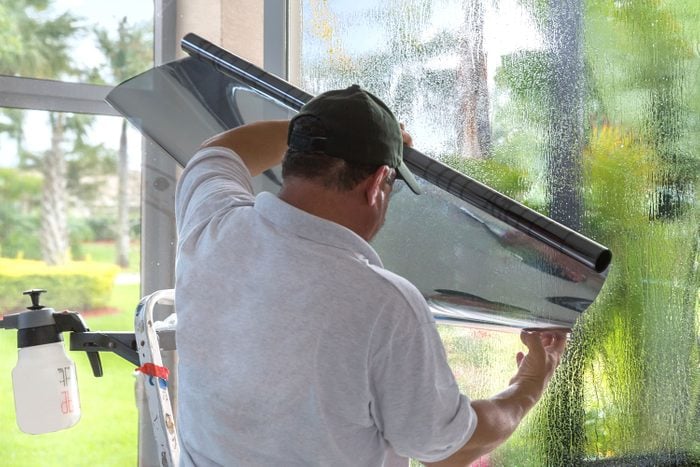
JODIJACOBSON/GETTY IMAGES
Install Window Film or Tinting (Extreme Heat)
Window tinting reduces energy costs, blocking up to 80% of summer solar heat. It also enhances aesthetics and privacy, and to a lesser extent keeps heat inside during colder months.
Start with your south, west and east-facing windows. Depending on the size of your home, the number of windows you have and whether you hire a pro, expect to spend between $100 and $1,500 for this energy efficiency retrofit.
2 / 8
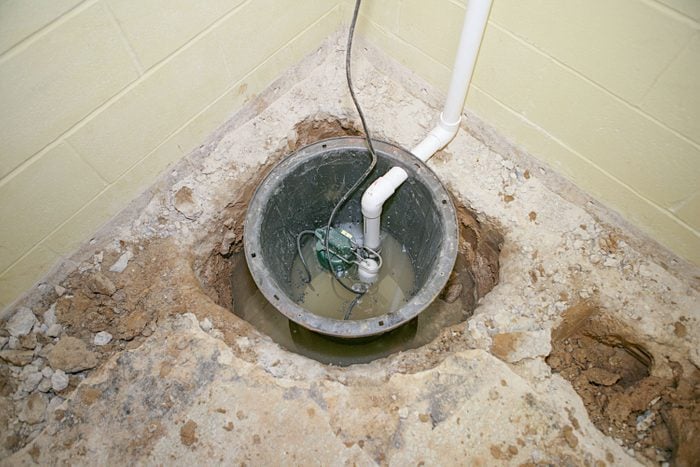 FTWITTY/GETTY IMAGES
FTWITTY/GETTY IMAGES
Add a Sump Pump (Flooding)
Sump pumps protect your home from expensive water damage during heavy rains and flooding by collecting rainwater and diverting it to a safe area, like a basin or storm drain. “They also provide you with much-needed peace of mind,” says Hicks.
Consider hiring a pro for this job, or at least consulting with one about the most effective place to install it and divert the water. Depending on your situation, expect to spend between $600 and $2,000.
3 / 8
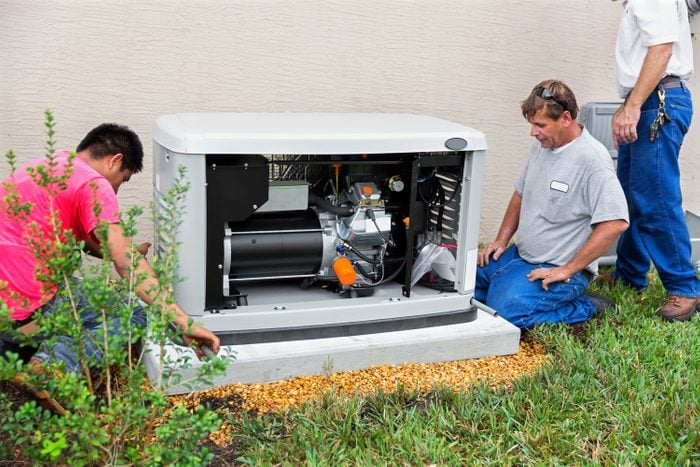
JODIJACOBSON/GETTY IMAGES
Get a Backup Power Supply (Power Outages)
Whether it’s a hurricane, fire or storm, disasters are commonly accompanied by power outages. Whole home generators, powered by diesel fuel or a battery bank (with the optional addition of solar panels), can keep your refrigerator and other essentials running indefinitely.
The cost of these systems varies depending on their capacity, from around $500 for a simple generator or portable battery box to $20,000 and beyond if you want something to run your air conditioner.
4 / 8
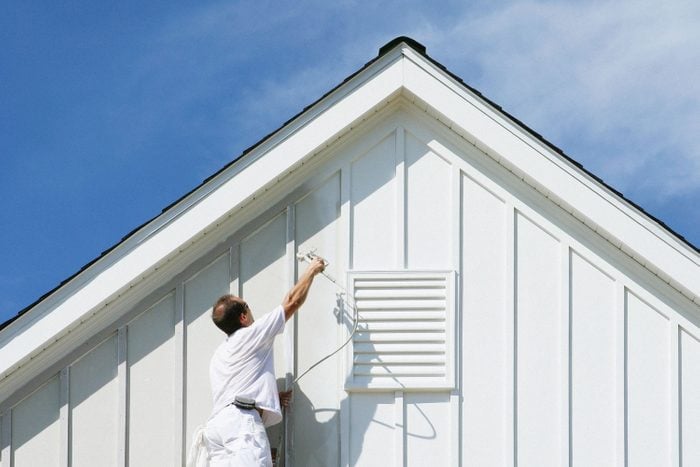
STEVEN PUETZER/GETTY IMAGES
Paint for Temperature (Extreme Temperatures)
“While you might think that choosing the exterior color of your home is only about picking what color you like best, the climate you live in is crucial to picking the right color,” says Hicks.
If you live in a hot climate, choose light colors that reflect the sun to keep your interior cool. Good choices include white and pale blues, grays and yellows. If you’re more prone to extreme cold, try darker tones, which absorb and retain heat better.
New heat-reflective paint technologies are also emerging, so watch for those to hit the market in the near future.
5 / 8
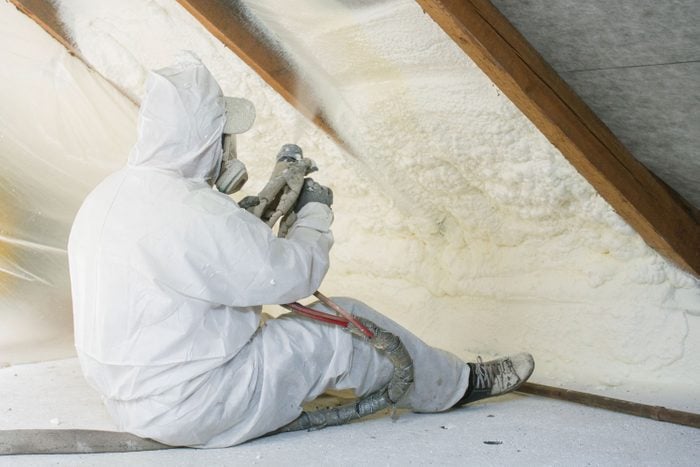
C12/GETTY IMAGES
Upgrade Home Insulation (Extreme Temperatures)
Proper insulation and air sealing are key to optimizing heating and cooling. Definitely consider upping the insulation in your attic because a lot of heat exchange occurs there. But don’t neglect the areas around your HVAC ducts, walls, ceilings, crawl space and floors.
“Also consider installing heat cables or heating pads on problem-prone pipes to keep them warm,” says Matt Kunz, president of Mr. Rooter Plumbing, a Neighborly company. You may qualify for a rebate or tax credit help with insulation and other weatherizing costs.
And don’t forget the garage. Insulate the garage door, especially if it’s attached to your home.
“That gives the added benefit of creating an extra space for a home gym or office,” says Michael Brickner, president of Precision Garage Door Service. Brickner also recommends upgrading to a battery backup garage door opener for unexpected power outages.
6 / 8
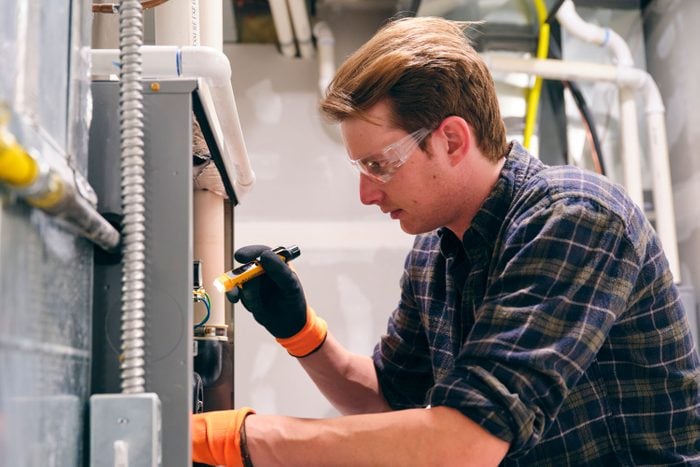
RICHLEGG/GETTY IMAGES
Weatherize Your HVAC (Extreme Cold)
Service your HVAC system annually to ensure it’s operating efficiently. That should include an inspection; cleaning the furnace or heat pump, ductwork, vents and filters; and lubricating moving parts, tightening electrical connections and calibrating the thermostat.
Replace your filter every 90 days and consider upgrading to programmable thermostat. “Keep your home at a steady, lower temperature when you’re away to save on heating costs and reduce the workload on your HVAC system,” says Brad Roberson, president of Aire Serv.
7 / 8
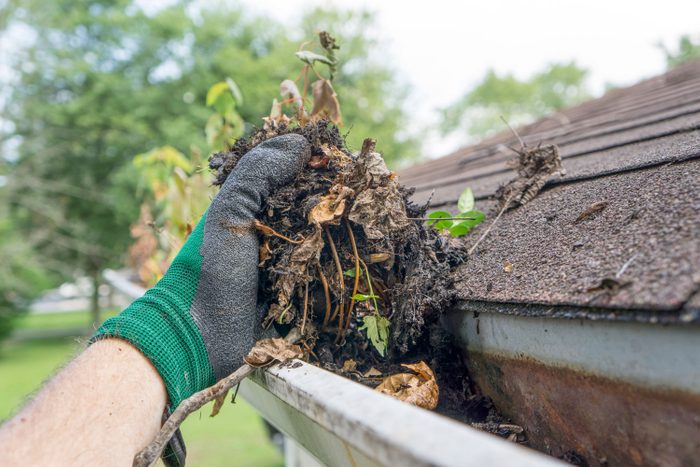
INDYEDGE/GETTY IMAGES
Keep Up on Maintenance
“With your home potentially taking on more wear and tear from storms, flooding, heat and cold, it’s more important than ever that you’re staying on top of the basic maintenance needs,” says Hicks.
Those tasks include regularly inspecting your foundation for cracks; keeping gutters clear; sealing and repainting siding; hardening the property and house for wildfires; checking septic system performance; keeping up on tree trimming; inspecting incoming electrical lines; and cleaning air vents and chimneys.
8 / 8
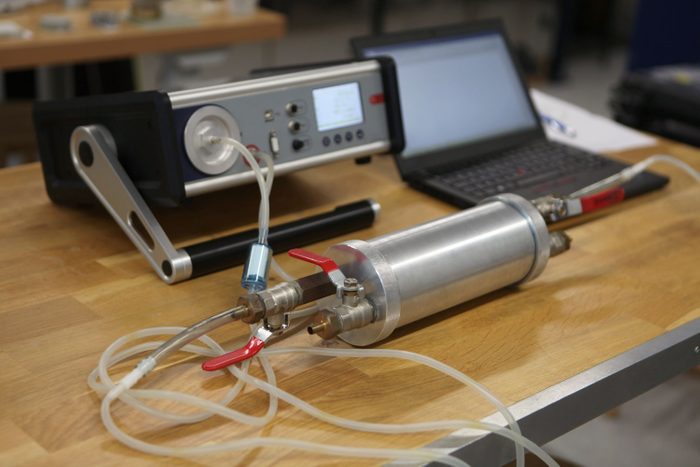
JULIJA SHOMMET/GETTY IMAGES
Recheck Your Radon
Three factors cause increased radon levels in residential spaces. Changing soil temperatures, especially from melting permafrost, releases more radon. The greater use of air conditioners, combined with better sealed homes, are raising radon concentrations, especially on upper floors. And radon levels sometimes rise during major weather events.
A portable air monitor can detect ongoing radon levels. If yours are elevated, increase air circulation in your home and consider hiring a professional to install radon mitigation.
Karuna Eberl




